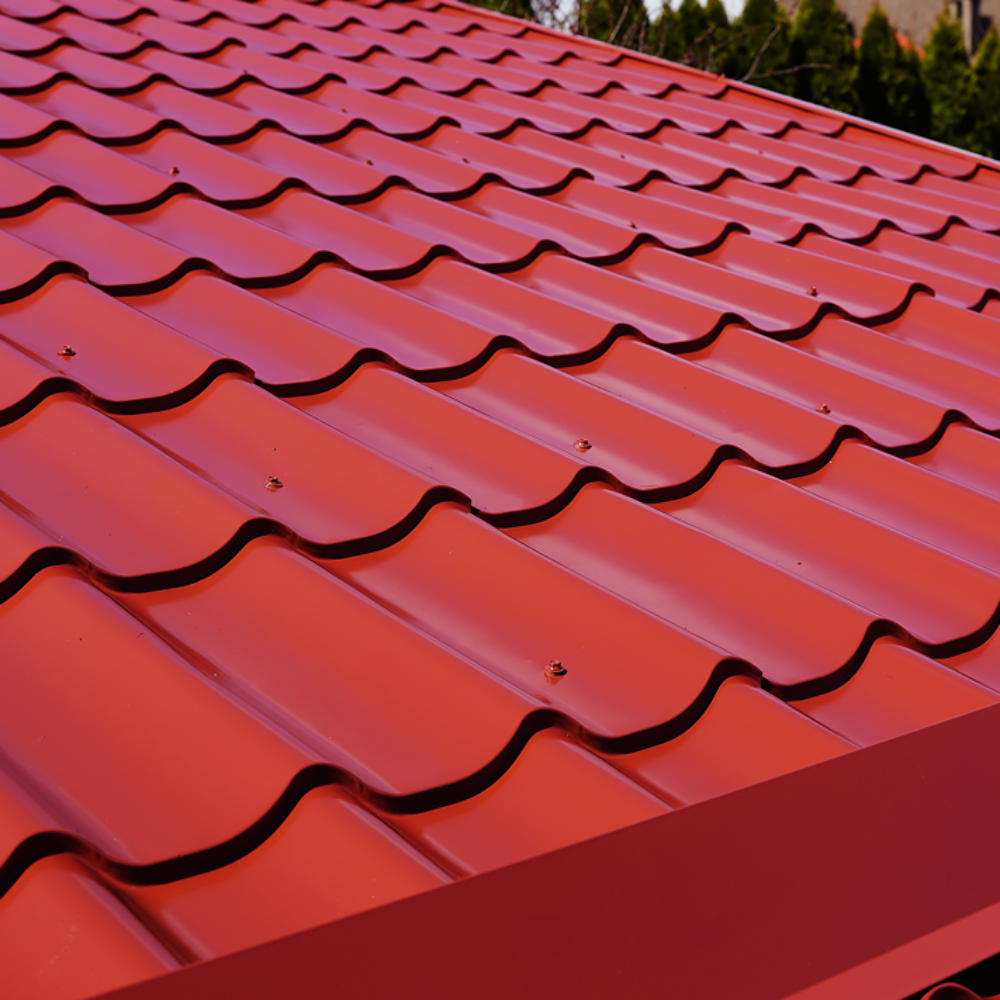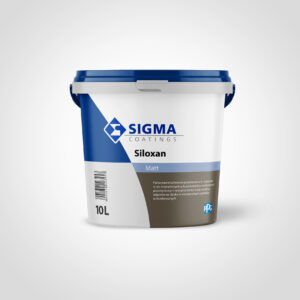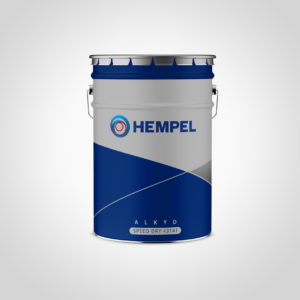Painting a facade is an effective way to renew its surface. This not only helps refresh old, damaged walls and plaster, but also protects them from the damaging effects of moisture and other atmospheric agents. However, the process is worth carrying out in the right way. Often problems can arise when re-coloring older facades. How then to select the soil and prepare the substrate?
The right paint is essential
In order for the new coating to lay perfectly on the surface, it is necessary to verify what type of wall protection was used before. Very often, however, previous layers of paint cannot be identified “by eye,” so other experiments must be carried out. The basic way to determine the type of previous coverage is the so-called. flame test. Scorching paint and plaster can cause different effects – mineral coatings then practically do not react, while organic components will melt and emit a characteristic odor.
The old layer will be identified by a suitable professional
Knowledge and experience are needed to effectively assess the type of coating. Therefore, in order to be sure, it is advisable to have such an examination carried out by a professional. It usually uses solvents for this purpose, which can produce different effects when applied to the wall. On this basis, you can identify:
– Silicate paints – in their case organic solvents will not cause a reaction. The coatings are also non-flammable and foam slightly when exposed to HCL,
– Lime paints and plasters – due to their carbonate content, they foam strongly when exposed to hydrochloric acid,
– Solvent-based facade paints – are flammable and easily dissolved in spirit and extraction gasoline,
– Dispersion paints react with “nitro” and strippers of such paints.
How to prepare the substrate for facade painting?
The application of a new color over an old coating must be preceded by a priming process. It is thanks to him that the next layer of paint will hold well and thoroughly cover the walls. Priming should be carried out with a suitable preparation. Their purpose is to reduce or eliminate the absorbency of the substrate and improve the adhesion of paint coatings. The primers also prevent the growth of mold and algae. However, it is necessary to choose primers appropriately depending on the previously prepared layers:
– For cement-lime plaster, it is good to choose water-based agents ( for slightly sandy or highly absorbent coatings) and solvent-based (for highly sandy and dusty layers),
– Concrete surfaces first need to be thoroughly cleaned and then coated with an adhesion enhancer,
– Synthetic resin plasters are best cleaned thoroughly and painted with an aqueous primer before painting,
– Solvent-based preparations are used to protect ceramic brick masonry,
– coatings of dispersion paints are good to clean and coat with a solvent.
Why is substrate preparation so important?
Older facade coatings, despite the absence of visible defects, may have a significantly weakened structure. So preparing a new layer without priming carries some risk – after a few years, defects may appear on the walls due to localized cracking of the coating.
Priming also helps carry out the painting process. On such a prepared substrate, the paint is perfectly absorbed and evenly covers the painted surface. So the activity will be spectacular and you probably won’t need to repaint!












